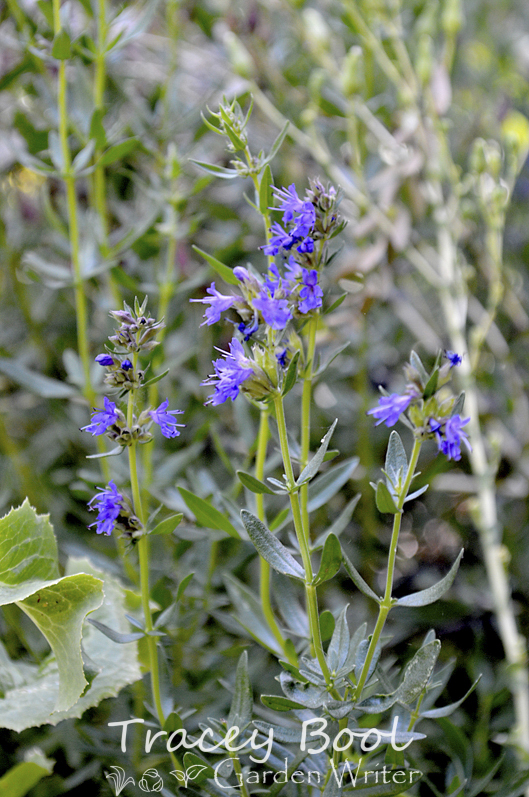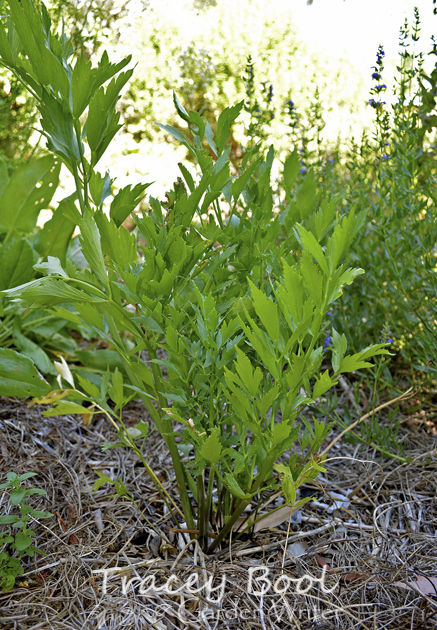|
Summer Hardy Perennial Herbs
(16 January 2014) Summer is well and truly upon us, and with it brings the season for balmy evenings spent outdoors, indulging in fine wines, and devouring simple, but delicious, barbecues and salads. Unfortunately, leafy greens such as lettuce and rocket in particular, don’t thrive in the heat and tend to bolt to seed when we crave them most. You can extend their growing season by keeping them in a shady spot protected from hot sun and wind, and also ensure they are kept reliably moist at all times (self-wicking pots are great way of achieving this). Alternatively, there are perennial herbs available which can be utilised in summer salads and continue to produce fresh, tasty foliage for our culinary enjoyment, even in the hottest weather. What’s more, the overall input into growing and maintaining these plants is significantly less than their annual, water-hungry counterparts. The following herbs I have had good success with and find useful in the productive/medicinal garden: French Sorrel (Rumex scutatus) – A vigorous, hardy plant growing to around 40cm in height and width whose leaves are useful as a spinach and leafy-green alternative. As with most veggies, the younger leaves have the best flavour – once they mature they tend to be bitter and lacklustre. This herb will tolerate both full sun and partly shaded positions, and it isn’t fussy about soil either – just keep it reliably moist during the summer months to ensure it continues to produce lots of tasty foliage, and top dress it annually with good quality compost. Hyssop (Hyssopus officinalis) – A lovely small growing herb to around 50cm in height and spread, hyssop is a useful addition to the culinary and medicinal garden that is easy to grow and maintain (a light pruning after flowering and application of compost is all that’s required). Hyssop has heavenly scented foliage, which is commonly used as ingredient in potpourri and perfume, and its delicate mauve flowers are attractive to beneficial insects such as bees and butterflies. Tender new shoots, stems and flowers can also be used sparingly in garden salads. Basically, if you haven’t got hyssop in your garden, you should race out and get one, or several, immediately. It grows well in full sun to partly shaded positions and tolerates most soils providing drainage is reasonable. Lovage (Levisticum officinale) – Closely related to celery, lovage is a tough, easy to grow herb reaching around 1m in height, whose leaves and stems are used in soups, stews, and as a celery alternative (needs to be blanched beforehand though). As with the previous two plants I have mentioned, lovage grows happily in full sun to partly shaded positions and is relatively dry-hardy. In saying this though, it performs better and has superior flavour if watered regularly during the hot weather. It grows in most soil types providing drainage is adequate. Prune off any flower heads which form to prevent foliage tasting bitter and becoming fibrous and stringy (good roughage I imagine but far from appetising). This plant is herbaceous, meaning it enters dormancy during winter, re-emerging with vigour once the warming suns of spring arrive. |
French Sorrel (Rumex scutatus)
Hyssop (Hyssopus officinalis)
Lovage (Levisticum officinale)
|



